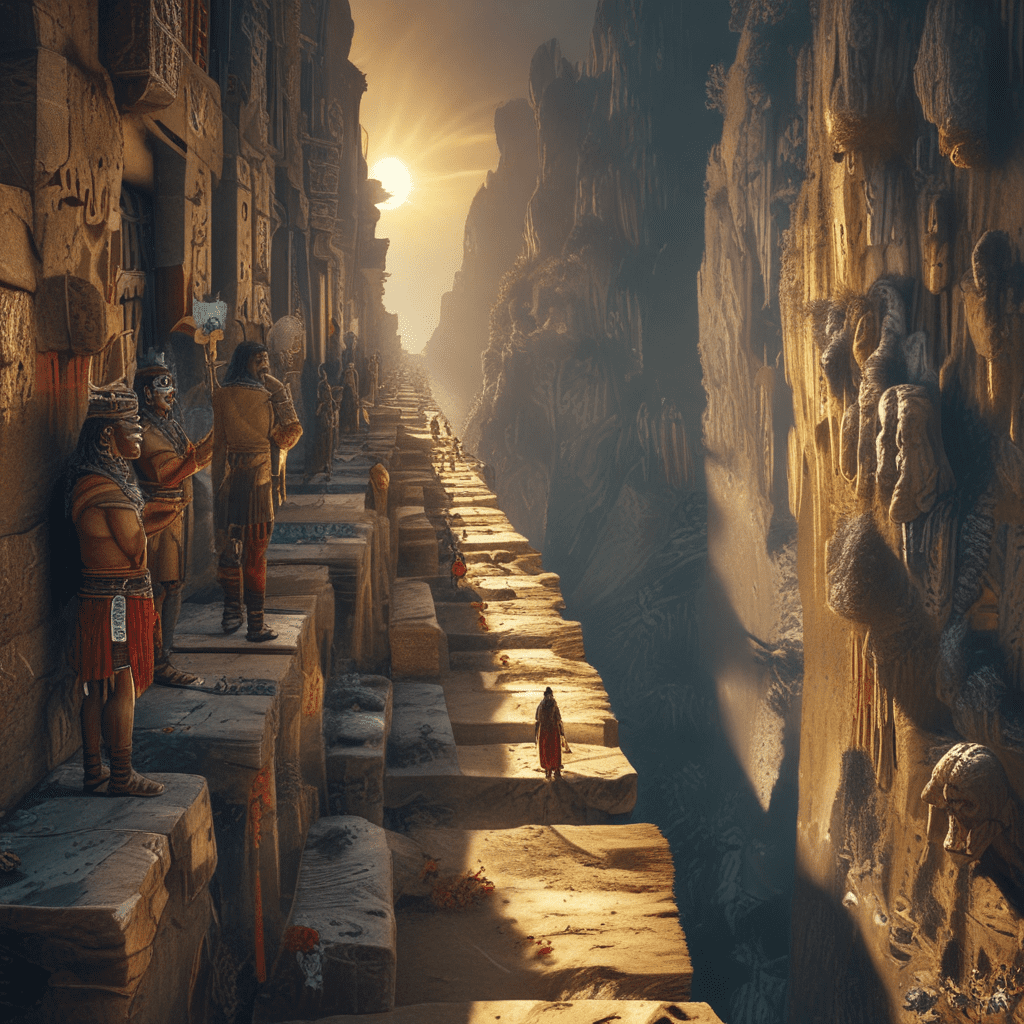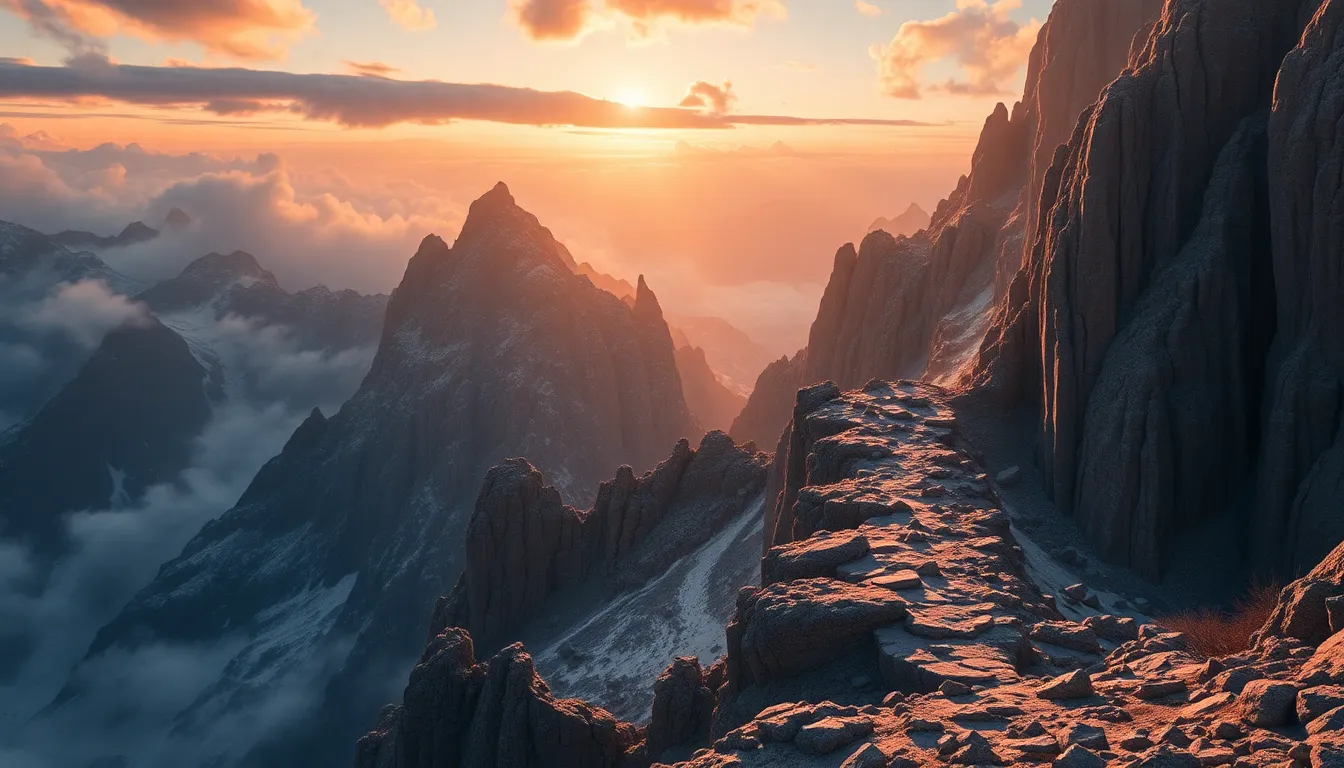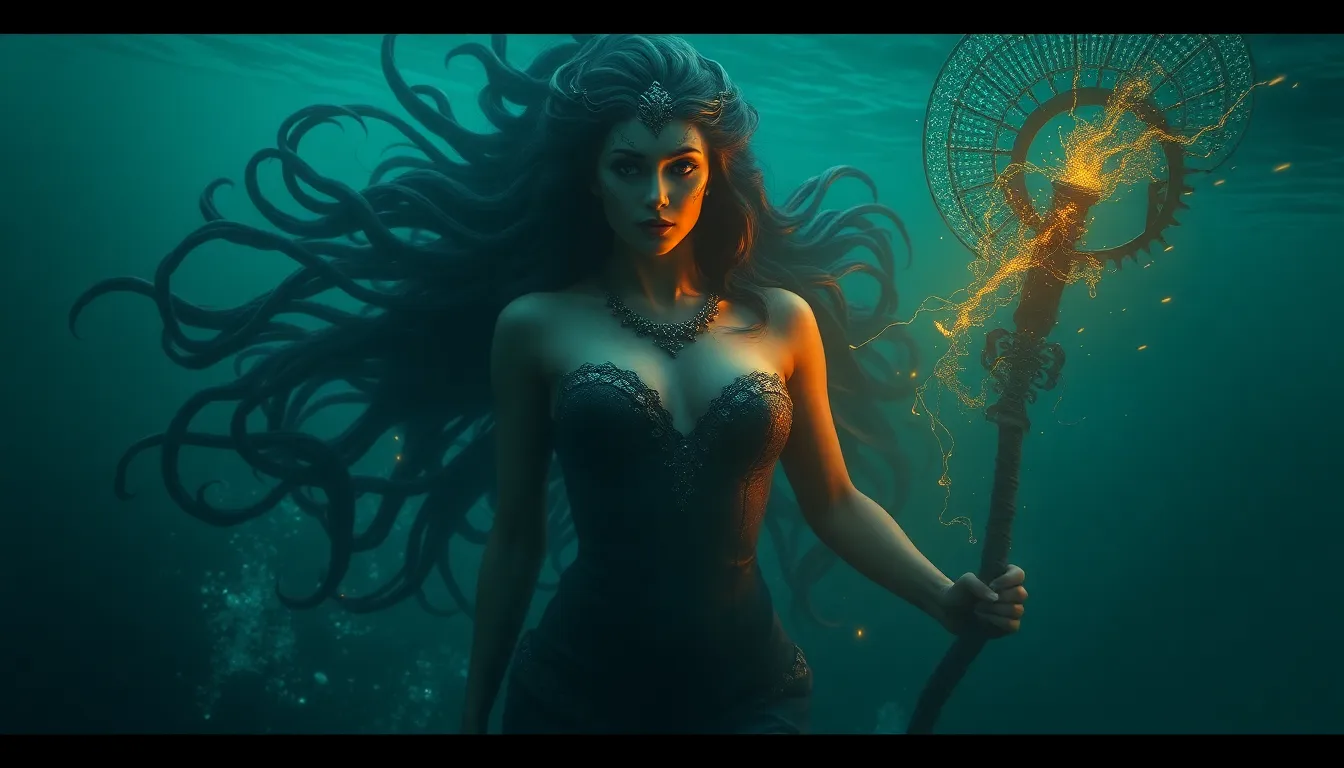The Incan Afterlife: Journey to the Land of the Dead
The Inca Empire, which flourished in the Andes Mountains of South America from the 13th to 16th centuries, was a civilization rich in culture, mythology, and complex beliefs about the afterlife.
Mythology and Beliefs
The Inca believed in a complex afterlife with multiple realms and deities. The most important deity associated with the afterlife was Supay, the god of death and the underworld.
Ukhupacha: The Land of the Dead
The Inca believed that the souls of the dead journeyed to a subterranean realm called Ukhupacha, which translates to "Land of the Dead." This realm was believed to be located beneath the earth's surface and was associated with darkness, cold, and shadows.
The Journey to Ukhupacha
The journey to Ukhupacha was believed to be a perilous one. The souls of the dead had to cross a river guarded by a ferryman, and they faced various challenges and obstacles along the way.
The Mummification Process
The Inca practiced elaborate mummification rituals to preserve the bodies of the dead. They believed that the soul needed the body to return to during its journey to the afterlife.
Offerings and Sacrifices
The Inca believed that offerings and sacrifices were essential to appease the gods and ensure a safe passage for the souls of the dead. They offered food, drink, animals, and even human sacrifices to the gods of the underworld.
This is the first part of the article. I will continue writing the remaining sections in the next response.
The Role of Ancestors
The Inca believed that the spirits of the dead, or ancestors, played an important role in their lives. They were believed to be able to intercede with the gods on their behalf and provide guidance and protection. The Inca often consulted with oracles and shamans to communicate with the spirits of their ancestors.
Theories of the Incan Afterlife
There are several theories about the Incan afterlife. One theory is that the souls of the dead were judged by the gods based on their deeds in life. Those who had lived good lives were rewarded with a place in Ukhupacha where they could enjoy eternal peace and happiness. Those who had lived bad lives were punished with eternal darkness and suffering.
Another theory is that the souls of the dead were reborn into new bodies. This theory is supported by the fact that the Inca practiced ancestor worship and believed that the spirits of the dead could return to the world of the living.
Similarities to Other Ancient Cultures
The Incan belief in an afterlife shared similarities with the beliefs of other ancient cultures, such as the Egyptians and the Mayans. All of these cultures believed in a complex afterlife with multiple realms and deities. They also believed that the souls of the dead needed to be properly prepared for their journey to the afterlife.
Archaeological Evidence
Archaeological evidence has provided insights into the Incan beliefs about the afterlife. For example, archaeologists have found mummies, offerings, and sacrifices at Incan burial sites. These findings suggest that the Inca believed in a complex and elaborate afterlife.
The Enduring Legacy of the Incan Afterlife
The Incan belief in the afterlife had a profound impact on their culture and society. It influenced their art, architecture, and religious practices. The belief in the afterlife also provided comfort and hope to the Inca people, who believed that their loved ones were not truly gone but were living on in another realm.
Frequently Asked Questions
- What was the most important deity associated with the Incan afterlife?
The most important deity associated with the Incan afterlife was Supay, the god of death and the underworld.
- What was the name of the Incan realm of the dead?
The Incan realm of the dead was called Ukhupacha, which translates to "Land of the Dead."
- What was the process of mummification like for the Inca?
The Inca practiced elaborate mummification rituals to preserve the bodies of the dead. They believed that the soul needed the body to return to during its journey to the afterlife.
- What types of offerings did the Inca make to the gods of the underworld?
The Inca offered food, drink, animals, and even human sacrifices to the gods of the underworld.
- What role did ancestors play in Incan society?
The Inca believed that the spirits of the dead, or ancestors, played an important role in their lives. They were believed to be able to intercede with the gods on their behalf and provide guidance and protection.
- Do you have any additional information about the Incan afterlife?
I am an AI language model and do not have access to real-time information.



